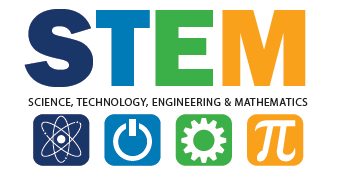Cluster Planning
Questions? Contact
-

Each of our ten clusters is anchored by a signature program which focuses on the vertical and horizontal alignment of academic programs for schools and neighborhoods. These programs will provide rigor, structure, focus and accountability across the cluster. Below you will find a list of clusters and their respective signature programs as well as descriptions of each program.




STEM (Science, Technology, Engineering, and Math) Based on feedback from parents, students, teachers, and community members, the Douglass Cluster will formalize the Science Technology Engineering Math (STEM) focus through STEM certification for every school in the cluster. Schools are aligning coursework and curricula for a seamless K-12 STEM program that builds critical thinking skills, leverages university partnerships, provides rigorous academic curriculum and meets the demands of a new workforce.
A K-12 signature program for the whole cluster ensures consistent practices across grade bands, continuity throughout academics and electives to build knowledge from one grade to the next, the capacity to plan across schools, and a necessary focus on improving math and science instruction to increase access to early college opportunities at the high school.
The STEM education focus incorporates several researched-based best practices proven to improve student achievement, including:
- Interdisciplinary instruction – students practice concepts from different content areas simultaneously
- Inquiry-based and project-based learning
- Collaborative learning
- Laboratory investigations
- Research projects
- Real-world experiences via work-based learning opportunities
- Access to Advanced Placement (AP); college Dual Enrollment; and Career, Technical and Agricultural Education (CTAE) programs at the high school level STEM Implementation Chart
Why STEM?
- STEM occupations are projected to grow by 17{b326677ec948c5fca9a688406ff24b3207f7732500b97ace045da1ad486977b1} from 2008 – 2018, compared to 9.8{b326677ec948c5fca9a688406ff24b3207f7732500b97ace045da1ad486977b1} growth for non-STEM occupations.
- STEM workers earn 26{b326677ec948c5fca9a688406ff24b3207f7732500b97ace045da1ad486977b1} more than non-STEM counterparts.
- STEM schools report higher achievement with an average of 82{b326677ec948c5fca9a688406ff24b3207f7732500b97ace045da1ad486977b1} of elementary school students meeting math/science standards, compared to 69{b326677ec948c5fca9a688406ff24b3207f7732500b97ace045da1ad486977b1} in non-STEM schools.




